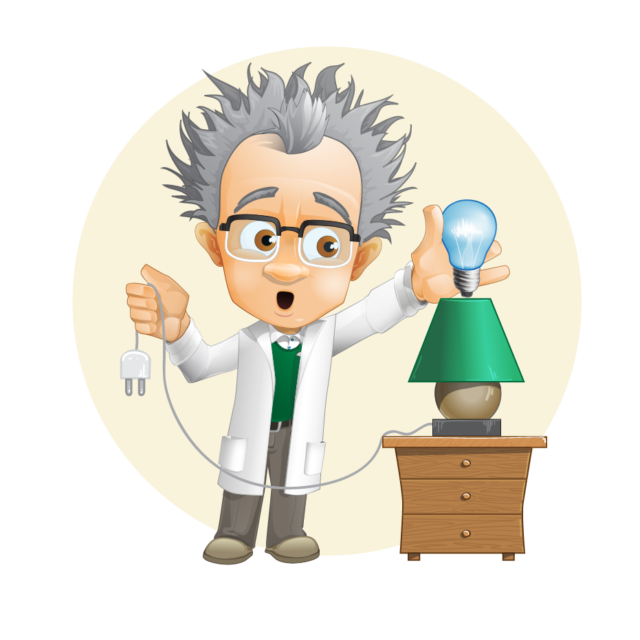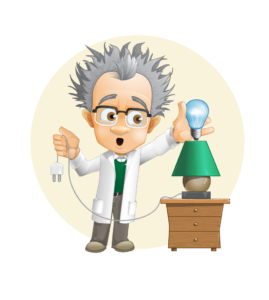Access Fixtures features production and built-to-order lighting designed and manufactured to meet your specific requirements. With custom manufacturing capabilities, Access Fixtures builds durable, long-life LED luminaires for general lighting applications and specialty markets including transportation, freight terminals, sports fields and arenas, clean rooms, power plants, warehouses, and manufacturing facilities. Access Fixtures lighting specialists and engineers will work with you to develop your high-performance lighting solution. Contact a lighting specialist at 800.468.9925 or via email, [email protected].
Got Questions About LED Lighting? Ask Me, Dr. Bulb! Whether you’re curious about energy efficiency, fixture options, or the latest trends in LED technology, I’m here to help! Tap into my expertise and get your lighting questions answered quickly. Don’t hesitate — let’s illuminate your knowledge with a quick question!



